That’s awesome! I’m really happy for you. You must feel like a million bucks right now.
Truth be told there was still a little bit of error that creeped into the DEXA though. Your wife’s diligent and heroic refeeding efforts resulted in an additional 1.5lbs of fat gain during the refeed. We are never more primed to store body fat than we are coming off of a fast and that 1.5lbs needs to be added to the weight loss from the actual fast, so the net loss was actually more like
- 8.5lbs fat loss
- 3.5lbs lean
I don’t know how the heck dehydration affects DEXA estimates of fat, but it sure looks like it does. Wait a minute, I remember somebody saying something like that… 
If we’re playing “The Price is Right” rules (closest without going over), I’ve got to be a contender for the win. Is there a prize??? 

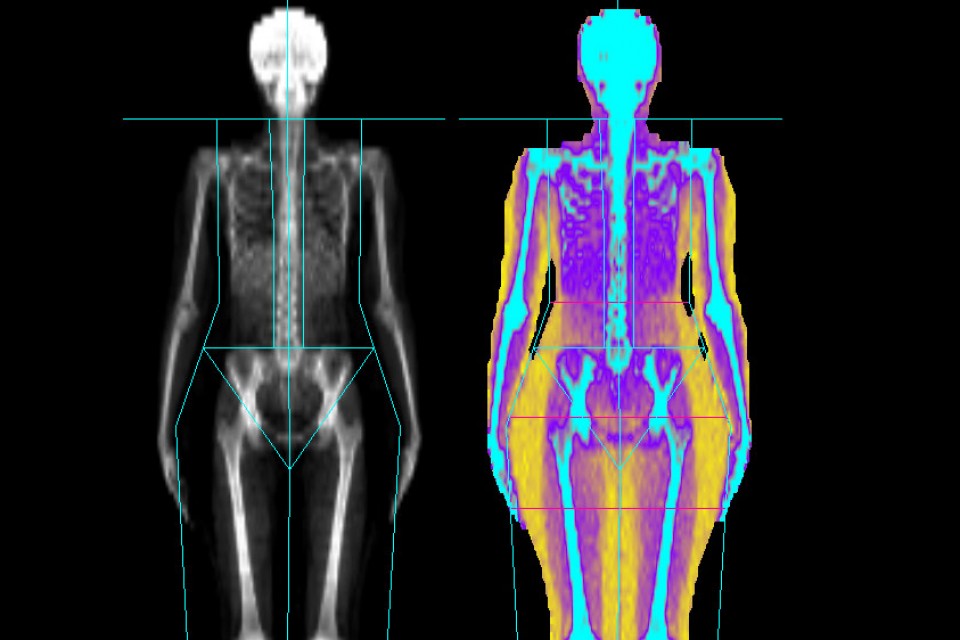
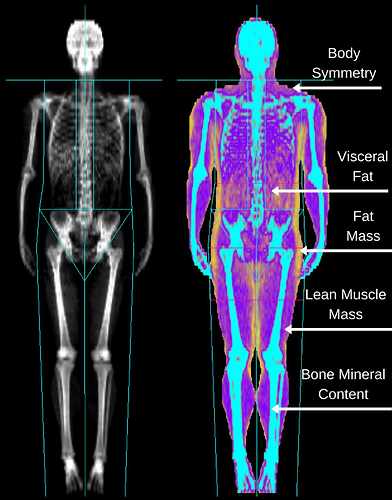
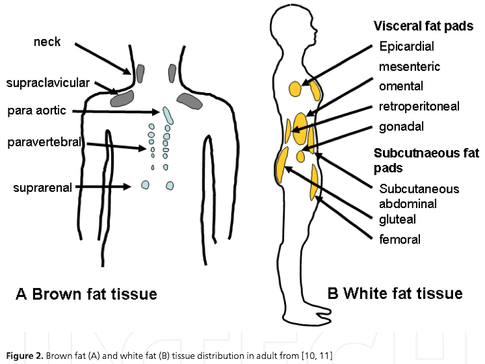
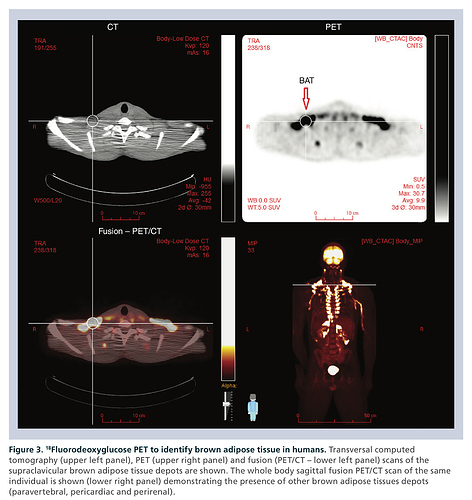
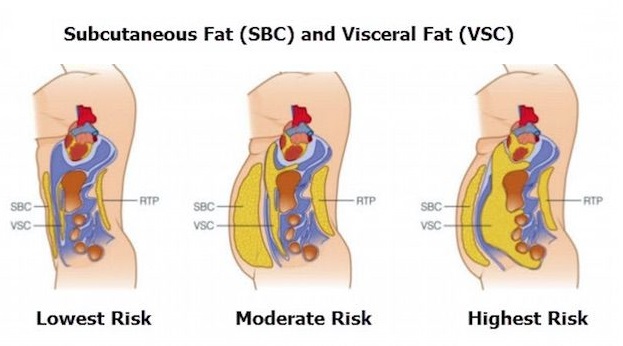
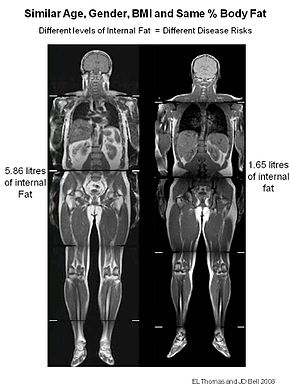

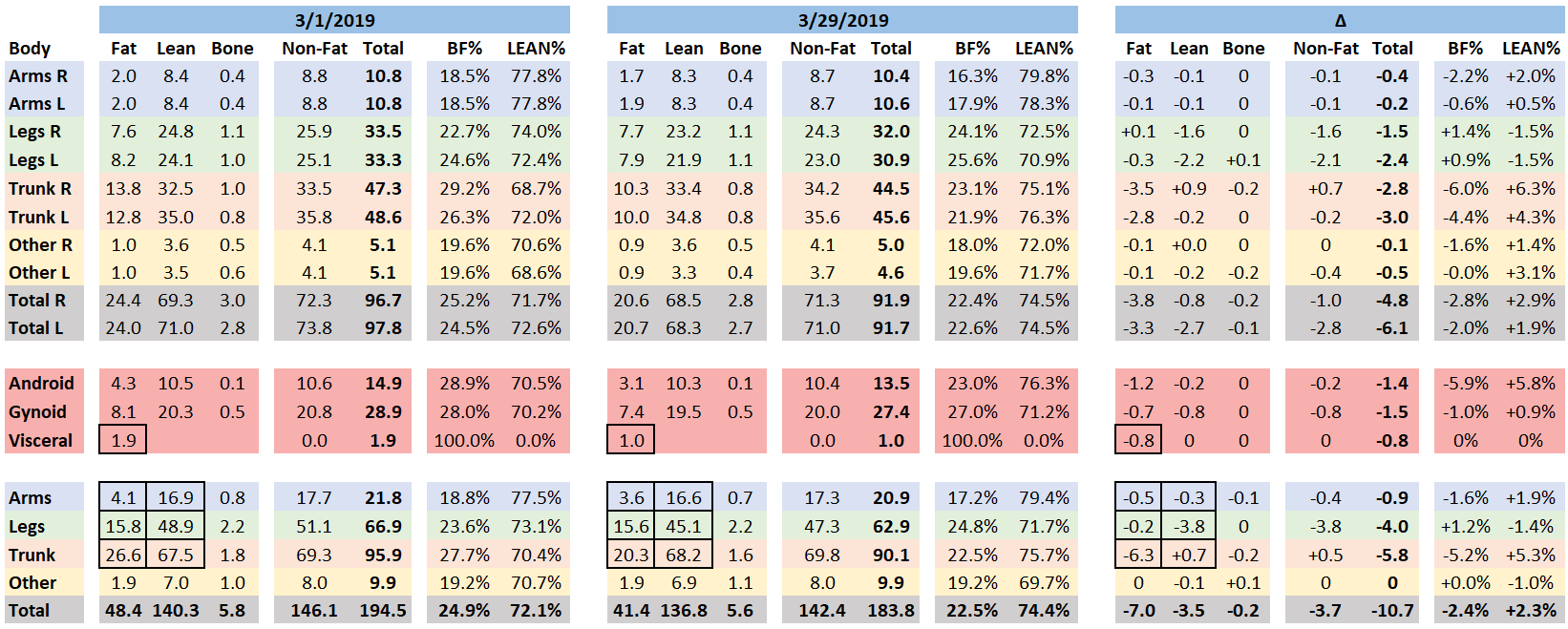
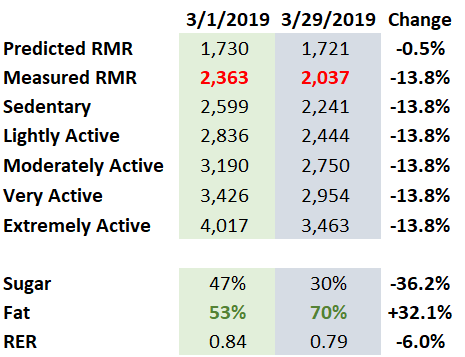
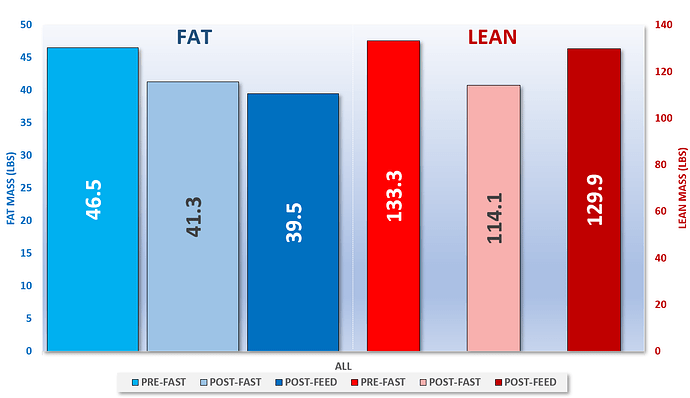
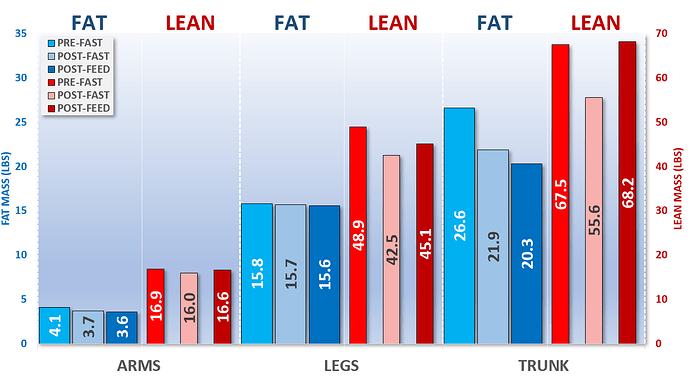
 That should theoretically take months.
That should theoretically take months. but wait… that’s not fasting!… I won’t go into semantics… it’s a fast because I’m not eating and the calories are substantially below my needs and dominated by proteins to avoid becoming too catabolic when I lift… so we can call it a “micro-protein cyclic fast with 4 fasting/3 feeding”… aka “phase 2”
but wait… that’s not fasting!… I won’t go into semantics… it’s a fast because I’m not eating and the calories are substantially below my needs and dominated by proteins to avoid becoming too catabolic when I lift… so we can call it a “micro-protein cyclic fast with 4 fasting/3 feeding”… aka “phase 2”

